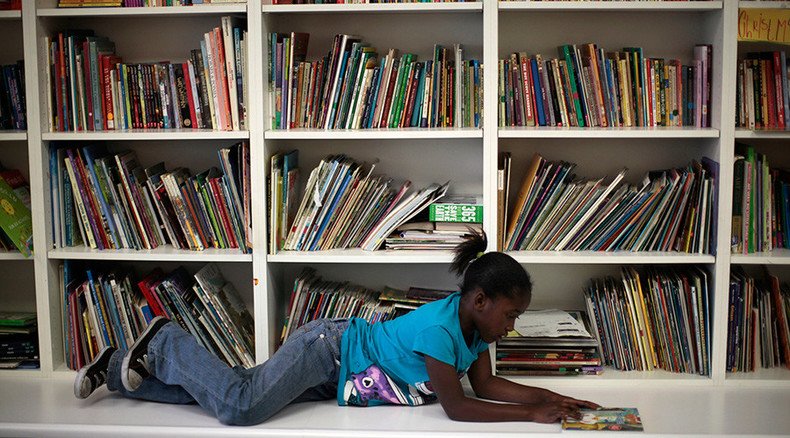Start of school year causes 30% spike in kids’ headaches – study

Going back to school can turn out to be a real headache in children, causing cases to increase by 31 percent in the fall, a new research by US Nationwide Children’s Hospital has shown.
"When we saw many of our families and patients in clinic, the families would report that their child or teenager's headaches would increase during the school year. So we decided to go back and look at emergency department visits for that time period and see if there were more visits here at certain seasonal variations during the year," Ann Pakalnis MD, lead researcher and neurologist said, as quoted in the official press release.
The results indeed showed a 31 percent spike of headaches in children and teens from five to 18 years old – after scientists studied 1,300 emergency room visits over 2010-2014.
“That’s significant,” Dr. Howard Jacobs, a headache specialist at Nationwide Children's, said.
Comas & seizures: 100s of kids hospitalized after mistaking cleaning products for candy http://t.co/qOdXgx3uJrpic.twitter.com/iCCEzy0U1I
— RT (@RT_com) November 10, 2014Doctors differentiate between migraines and tension headaches: the former are usually associated with nausea, sensitivity to light, sound, and smell, while the latter are linked with tightening around the head.
The doctors also pinpointed the difference between girls and boys when it comes to migraines.
"We see a lot of headaches in young boys, from five to nine years of age, and in boys they tend to get better in later adolescence," Pakalnis said.
READ MORE: Educational inequality as destructive for health as smoking – study
In teenage girls, however, migraines tend to appear “around the time of puberty” and “unfortunately tend to persist into adulthood.”
The main factors in increasing headaches during the school year are changing routines: the lack of sleep, adequate meals, poor hydration, too much coffee, lack of physical exercise, skyrocketing stress, and longer hours in front of the computer, according to the official study press release.
"Your brain is like your cell phone. If you don't plug your cell phone in, it doesn't have energy, it doesn't work well. If you don't plug your brain in by providing energy, it doesn't work well and that causes headaches," Dr. Howard Jacobs, a headache specialist at Nationwide Children's, said.
Thanks, Michelle! Navy sailors blame fried food ban on First Lady http://t.co/4wPBaIkKlupic.twitter.com/gMCvF5IWul
— RT America (@RT_America) July 16, 2015So what to do to get rid of the headache?
Children should always have three meals a day, enough sleep at night without day naps. Good hydration is also essential.
Pain medication can be used, too, but parents should carefully monitor dosages and frequency, as taking too much could make things worse.
READ MORE: Depression makes your brain smaller – study
And you have every right to be alarmed if the nature of the headache drastically changes.
"A sudden, severe headache or a change in the headache sensation from previous, what we call 'first or worst' headaches should be evaluated," Jacobs, also a clinical associate professor of Pediatrics at Ohio State University, said, as quoted by the press release.
It should also cause concern if the headaches hamper the child’s daily routine.












